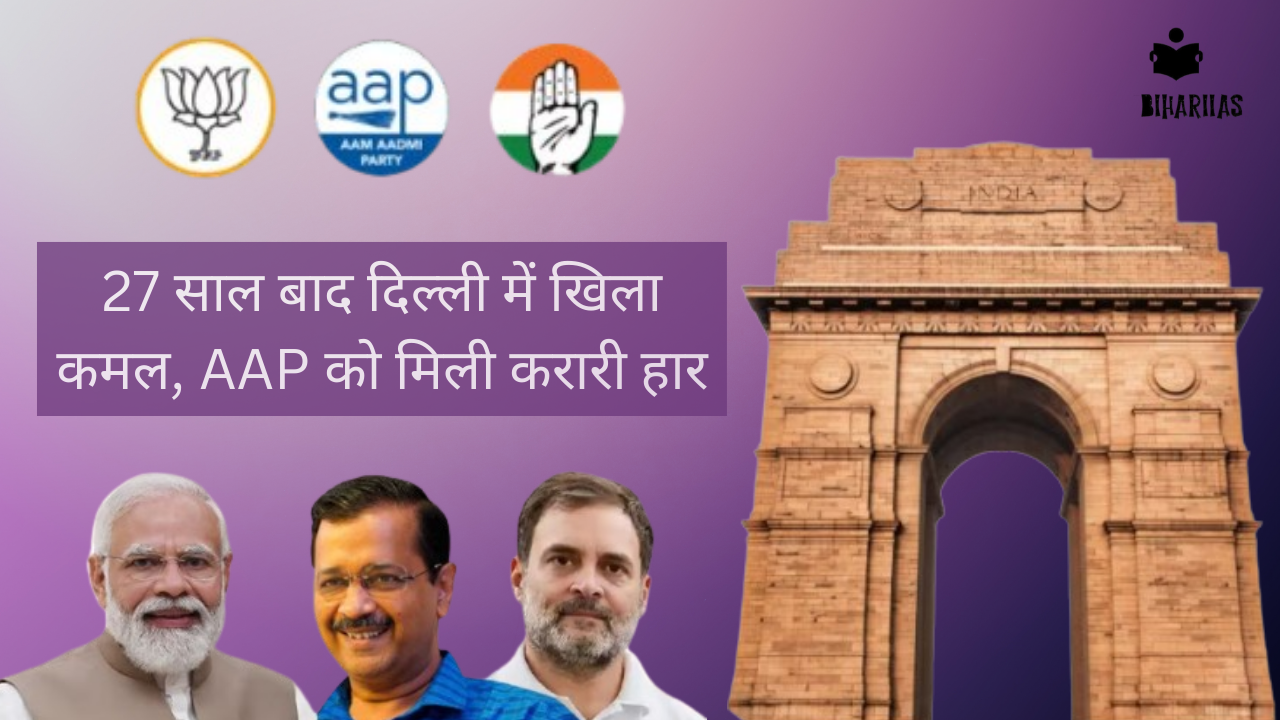
BAIL REFORMS IN INDIA
India’s criminal justice system is facing a severe crisis, with over 75% of prisoners awaiting trial and prisons operating at 118% capacity.
Bail Provisions in India:
The Code of Criminal Procedure, 1973 governs the terms of the bail in India.
Though the Act does not define “bail”, it expressly mentions phrases “bailable offense” and “non-bailable offense”.
The new criminal laws introduced in India through the Bhartiya Nyaya Sanhita (BNS), 2023, have brought significant changes to the bail provisions. While the fundamental principles of bail remain the same.
Types of bail:
Regular Bail: A regular bail is basically the release of an accused from custody to ensure his presence at the trial.
Interim Bail: This bail is provided as a temporary measure and is valid only while an application is ongoing or when the court is considering an application for anticipatory or regular bail.
Anticipatory bail: It is a type of bail that is given to someone who is in anticipation of getting arrested for a non-bailable offense by the police.
Key Modifications done under Bhartiya Nyaya Sanhita (BNS), 2023
Bail for First-Time Offenders: First-time offenders who have served one-third of their jail term are entitled to bail, except in cases where the punishment is death or life imprisonment. This provision is expected to reduce the number of undertrials in prisons.
Timely Disposal of Bail Applications: The BNS emphasizes the timely disposal of bail applications, aiming to reduce the prolonged detention of undertrials.
Release on Bail after Charge Sheet Filing: In cases where the accused is in custody, the court is required to consider releasing them on bail upon the filing of the charge sheet, unless there are compelling reasons to deny bai
Challenges in bail compliance:
Undertrials: A large number of undertrials continue to remain in prison despite being granted bail due to challenges in complying with bail conditions.
Implementation Challenges: The success of these changes in new law depends on effective implementation, which may require significant resources and capacity building.
Lack of means: To arrange for money/property and local sureties are the most significant reasons accounting for an undertrial’s inability to comply with bail conditions.
Data from the Fair Trial Programme (FTP) in Yerwada and Nagpur central prisons shows, of the undertrials (2,313) represented by the FTP , 18.50% were migrants, 93.48% did not own any assets, 62.22% did not have any contact with family, and 10% had a history of previous incarceration.
Documentation: Factors such as lack of residence and identity proof, abandonment by family and limitations in navigating the court system also undermine an undertrial’s ability to comply with bail conditions.
Delay: In almost 35% of these cases, as per a study, it took over a month after obtaining the bail for undertrials to comply with bail conditions and secure their release.
Flawed assumptions: Flawed assumptions that every arrested person will be propertied or have access to propertied social connections have the effect of rendering the rule of ‘bail not jail’ meaningless for a significant proportion of undertrial persons.
Approach to bail adjudication: The power to grant bail is largely based on the court’s discretion and courts rarely exercise their discretion for granting bail and are likely to take a more stringent approach against release on bail.
Suggestions:
Reformed Bail law: A law to effectively provide relief, a careful re-evaluation of the said presumptions is imperative.
Focus on rehabilitation: Implementing programs promoting positive behavior change, anger management, and reintegration support to reduce recidivism rates.
In Rajasthan’s ‘open prisons’ model, prisoners who have served one third of their sentences are eligible to shift to the open jails.
Collaboration: Fostering collaboration between government agencies and civil society organizations to leverage expertise and resources for effective reform implementation.
Law students along with NHRC helping Prisoners with Bail pleas in Delhi.
Adequate safeguards: The Court averred that effective enforcement of safeguards against arbitrary arrest would eliminate the need to seek bail from courts.
Constant hand holding: Compliance with bail conditions and ensuring presence in courts for the overwhelmingly structurally disadvantaged undertrials requires.
– Satender Kumar Antil case, 2023: The ineffectiveness of India’s bail system and its contribution to this crisis. The judgment noted that crowding jails with undertrial prisoners ignored the principle of ‘presumption of innocence’ and that ‘bail not jail’ should be the norm.
a.The Court provided comprehensive guidelines on laws related to bail, such as mandating timelines for the disposal of bail applications and laying emphasis on the need to enact a separate legislation.
– Charles Sobhraj v. Superintendent, Central Jail, Tihar (1978): This case emphasized the need for prisoner rights, including proper living conditions and medical care.
– Upendra Baxi v. State of U.P., (1983): the Supreme Court ensured that the inmates of the protective Home at Agra did not continue to live in inhumane and degrading conditions and that the right to live with dignity enshrined in Article 21 of the Constitution was made real and meaningful for them.
– Hussainara Khatoon (IV) Vs. State of Bihar 1979: The right to free legal services is an essential ingredient of reasonable, fair and just procedure, guaranteed under Article 21, for a person accused of an offence.
– Shaheen Welfare Assn. v. Union of India 1996: The undertrial prisoners charged with murder can be released on bail if their cases were pending for two years or more
way Forword
All India Committee on Jail Reforms (Mulla Committee) 1980: The committee recommended measures to expedite trials and decongest prisons, focus on rehabilitation and reintegration, programs for skill development, education, and mental health support for inmates, uphold the human rights of prisoners and improved training and professionalization of prison staff.
National Policy on Prisons, 2000: This policy emphasizes the need for humane conditions, rehabilitation, and reintegration.
Model Prison Manual 2016: Outlining guidelines for the administration of prisons and the management of prisoners it aims to ensure humane conditions, uphold human rights, and promote the reformation and rehabilitation of inmates.
Modernization of Prisons’ Project (FY 2021-2026): With a financial outlay of Rs. 950 crores, aimed at modernizing the prison equipment and strengthening the security infrastructure in the jails of the country.
Model Prisons and Correctional Services Act, 2023: The Act mainly focuses on keeping the criminals in custody and enforcement of discipline and order in prisons
the supreme court recommends the enactment of special bail legislation akin to the bail act of the uk .
Source: the Hindu
© copyright: BIHARI IAS











